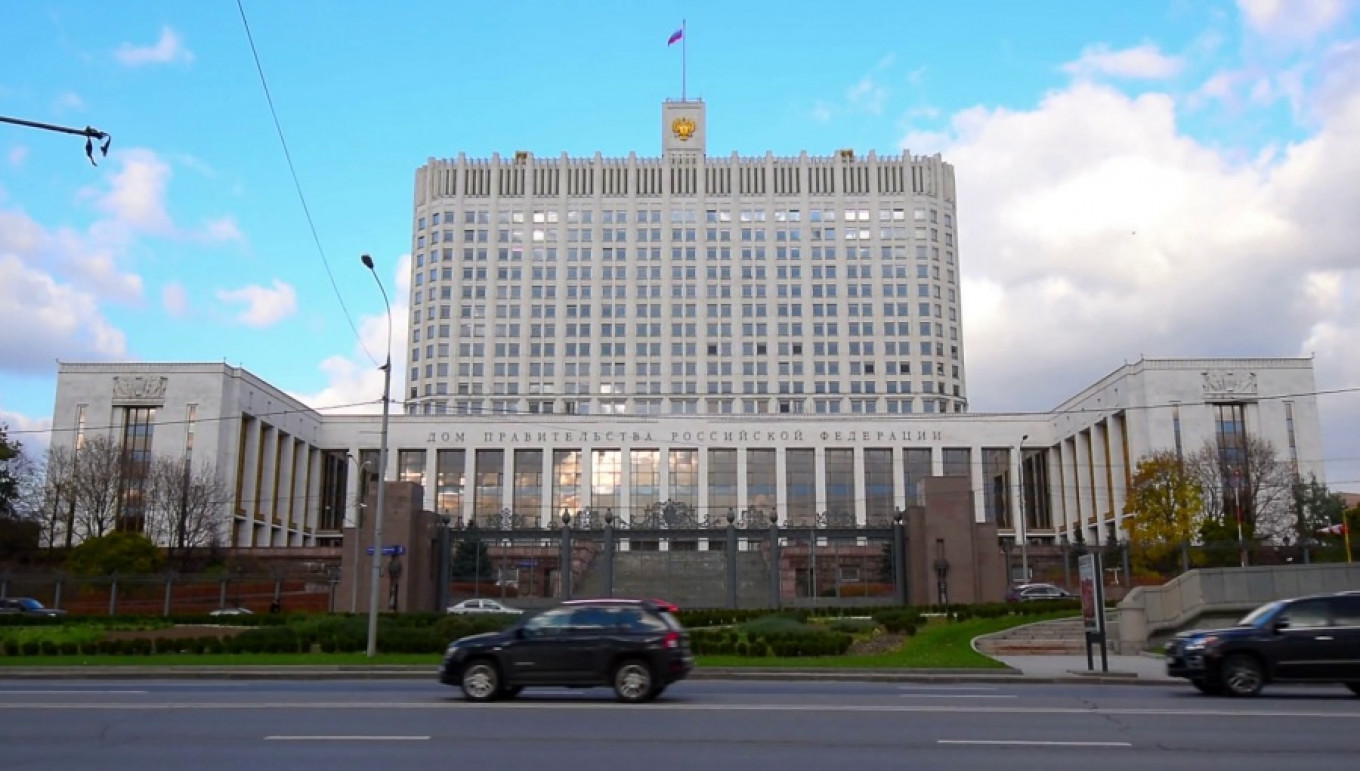
The process of strengthening the state’s role in the economy has switched gears, as the state is no longer simply setting the rules of engagement, but attempting to regulate the whole economic system of the country, the Federal Anti-Monopoly Service (FAS) watchdog warned in a report on competition in 2018.
The new trends are evident at both federal and regional levels, where authorities are interfering in local business relations and engaging in regional protectionism, the report said.
The FAS said that before the 1998 crisis the state’s share of the economy was estimated at about 25 percent, rising to 40-45 percent by 2008 and exceeding 50 percent by 2013. The FAS estimates that in 2017-2018 the state’s share of the economy already exceeds 60-70 percent of GDP. The FAS’s estimates are controversial and remain a subject of debate among economists.
“In many regions we see what I would call economic feudalism, in which there is no private sector, no capitalistic relations, but vassals and lords — the state apparatus, which meddles in private business affairs,” the Vedomosti daily quoted FAS head Igor Artemyev as saying in October 2018.
Analysts surveyed by Vedomosti said that the state intervenes into specific markets so often, as in the case of direct regulation of fuel prices, that it would be unreasonable to expect the companies themselves to refrain from coordination and tacit collusions.
Other estimates are more moderate, with the International Monetary Fund (IMF) estimating the share of the state and state companies in Russian economy at 32-33 percent of GDP, using metrics such as the ratio of consolidated budget to GDP. However, it said that if the figures include quasi-state companies or private companies too close to the authorities to take independent decisions, the ratio would increase to 50-70 percent.
One of the main sources of confusion is how to count social, public sector and pension spending. While technically this spending isn’t included in calculating GDP, in Russia these outgoings are much higher than in western economies and have a very large, but technically indirect, impact on the size and performance of the economy.
The FAS also notes that state spending through procurement, which does form part of the GDP calculation, amounted to 6.9 trillion rubles in 2019 and went mostly to state companies. It added that the state controls 77 percent of financial and insurance services through state banks and 65 percent of scientific and engineering services through state institutions, as well as 51 percent of healthcare services, 45 percent of information and communication and 42 percent of transportation and storage.
Previous FAS reports note that the Russian state procurement system has formed a special government-to-government, or G2G, segment.
In 2017 the FAS proposed developing a programme for selling existing core assets of inefficient companies, with reforms advised in the healthcare sector, road building, agriculture and utilities.
Russia’s privatisation programme was relaunched with much fanfare in 2008 after Dmitri Medvedev ecame president. The liberal programme was largely written by economist Sergei Guriev and feted by investors. But the programme immediately stalled thanks to the 2008 global financial crisis and Guriev fled into exile to become chief economist at the European Bank for Reconstruction and Development (EBRD) after he was caught up in a state investigation into oil tycoon and dissident Mikhail Khodorkovsky.
Since 2017 the government and the Ministry of Economic Development has been consistently cutting privatisation plans, while the new economic growth paradigm announced by President Vladimir Putin for his 2018-2024 term largely focuses on state-driven infrastructure investment.
This article first appeared in bne IntelliNews.
